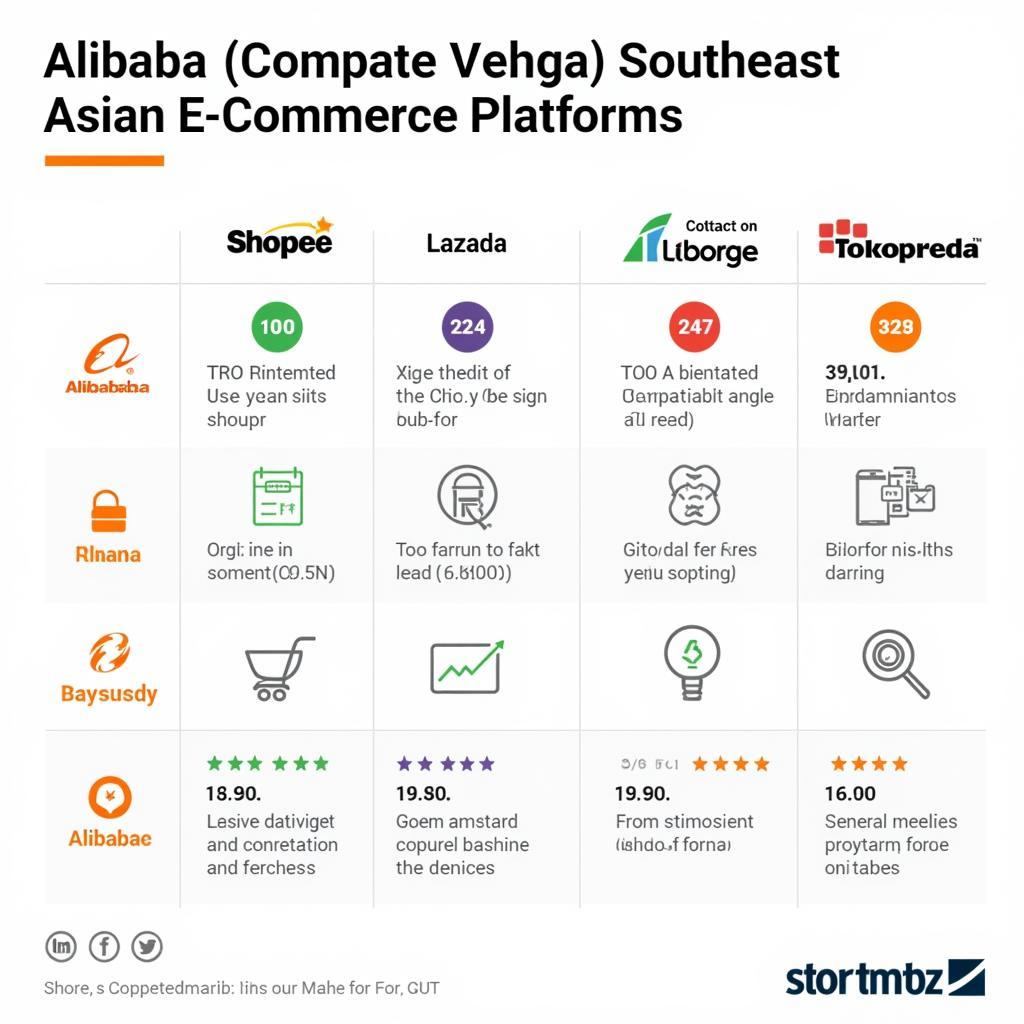ASEAN Industrial Holdings have experienced remarkable growth and transformation in recent decades, establishing the region as a global manufacturing powerhouse. This comprehensive review delves into the factors driving this growth, analyzes key sectors, and explores future trends impacting ASEAN industrial holdings.
Factors Fueling ASEAN’s Industrial Growth
Several factors have contributed to the impressive growth trajectory of ASEAN industrial holdings:
- Strategic Location and Access: Situated at the heart of major shipping routes, ASEAN nations benefit from their strategic location. This allows for cost-effective transportation of raw materials and finished goods, attracting foreign direct investment and boosting trade.
- Abundant Natural Resources: The region is rich in natural resources, including oil, gas, minerals, and timber, providing essential raw materials for various industries.
- Competitive Labor Force: ASEAN boasts a young, growing, and increasingly skilled workforce, offering manufacturers a competitive advantage in terms of labor costs and productivity.
- Government Initiatives: Pro-investment policies, infrastructure development programs, and initiatives to enhance regional integration have created a favorable environment for industrial expansion.
Key Sectors Shaping ASEAN Industrial Holdings
Several key sectors are driving the growth of ASEAN industrial holdings:
1. Manufacturing
Manufacturing remains a cornerstone of ASEAN economies, with electronics, automotive, textiles, and food processing emerging as dominant sectors. The region has become a global hub for electronics manufacturing, attracting major multinational companies seeking to leverage its competitive labor force and supply chain networks.
2. Energy
ASEAN possesses significant energy resources, particularly in oil, gas, and renewable energy. Industrial holdings in this sector encompass upstream activities like exploration and production, as well as downstream activities such as refining, distribution, and power generation.
3. Infrastructure
Rapid urbanization and economic growth have fueled demand for infrastructure development across ASEAN. This includes investments in transportation networks, energy grids, telecommunications, and water management systems.
Future Trends and Opportunities
Several trends are shaping the future of ASEAN industrial holdings:
- Industry 4.0: The adoption of advanced technologies like automation, artificial intelligence, and the Internet of Things (IoT) is transforming manufacturing processes, enhancing productivity, and creating new opportunities.
- Sustainability: Growing awareness of environmental concerns is driving a shift towards sustainable practices. ASEAN industrial holdings are increasingly incorporating environmental, social, and governance (ESG) principles into their operations.
- Regional Integration: The ASEAN Economic Community (AEC) aims to create a single market and production base, facilitating trade and investment flows within the region. This presents opportunities for industrial holdings to expand their reach and optimize their supply chains.
Conclusion
ASEAN industrial holdings are well-positioned for continued growth and evolution. The region’s strategic location, competitive advantages, and ongoing policy reforms create a compelling investment proposition. By embracing innovation, prioritizing sustainability, and leveraging the benefits of regional integration, ASEAN industrial holdings can further solidify their position as key players in the global economy.
FAQs about ASEAN Industrial Holdings
1. What are the key advantages of investing in ASEAN industrial holdings?
ASEAN offers a strategic location, competitive labor costs, abundant resources, and favorable government policies, making it an attractive destination for industrial investments.
2. Which sectors within ASEAN industrial holdings show the most promise?
Manufacturing, energy, infrastructure, and technology-driven industries present significant growth potential in the ASEAN region.
3. How is Industry 4.0 impacting ASEAN industrial holdings?
The adoption of advanced technologies is enhancing productivity, optimizing operations, and creating new opportunities in areas like automation and data analytics.
4. What role does sustainability play in ASEAN industrial holdings?
ASEAN industrial holdings are increasingly integrating sustainability practices into their operations, driven by environmental regulations, investor demands, and consumer preferences.
5. How does regional integration benefit ASEAN industrial holdings?
The AEC facilitates trade and investment flows within ASEAN, enabling businesses to expand their market reach and optimize supply chains.
Need More Information?
For further insights and assistance regarding ASEAN industrial holdings, please contact us at:
Phone: +84 369 020 373
Email: [email protected]
Address: Ngoc Lien Village, Hiep Hoa, Bac Giang, Vietnam
Our dedicated team is available 24/7 to address your inquiries and provide comprehensive support.

